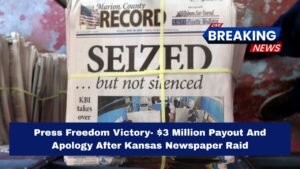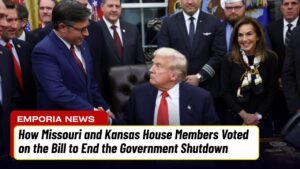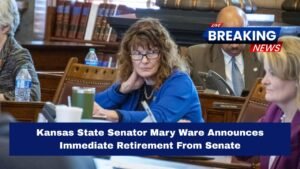The SUN Bucks program, also known as the Summer Electronic Benefits Transfer (SEBT), was introduced to provide summer grocery cards to eligible Kansas families.
Despite the potential to assist approximately 187,000 school-age children last year, only a small percentage of families submitted applications.
This article explores the reasons behind the low number of applications, the auto-enrollment process, and the challenges faced by the Kansas Department for Children and Families (DCF).
Low Application Numbers for the SUN Bucks Program
An estimated 193,000 applications were anticipated for the SUN Bucks program in Kansas, which offers families a $120 summer grocery card for each eligible school-age child.
However, only 5,645 applications were submitted — a mere 3% of the expected total. This gap highlights the difficulty in reaching families who could benefit from the program.
While the program’s reach was limited, 59,265 families received automatic enrollment, bypassing the need for an application.
These families were auto-enrolled if they had already submitted paperwork for free or reduced-price school lunches or participated in other food assistance programs.
Auto-Enrollment Process Families who qualified for automatic enrollment received letters in January, notifying them of their eligibility for the SUN Bucks. However, Kansas is one of the few states that does not auto-enroll children who are on Medicaid.
The lack of integration between Medicaid and the SUN Bucks program means 60,000 more children could have been auto-enrolled if the system were updated, according to Haley Kottler, the campaign director at Kansas Appleseed.
Challenges Contributing to Low Application Numbers
The application process for SUN Bucks was limited to a small window between August 12 and October 15, 2024, which has now been expanded for the upcoming year. This year, families can apply from January 27 to August 29, giving them a seven-month window compared to the previous two months.
Despite this extension, Kottler attributes the low submission rate to the short original application period, which created a challenge for families to access information and apply in time.
Erin LaRow, a spokesperson for DCF, mentioned that efforts were made to raise awareness through social media campaigns, news releases, and an informative webpage in both English and Spanish.
Comparison to Other States
An analysis of 12 states by David Rubel, an education consultant, found that fewer than 20% of potential applicants submitted applications for the SUN Bucks program.
North Carolina led with 19.3% of applications submitted, followed by Missouri at 18.3%. Rubel attributes the higher submission rates in these states to school districts actively promoting the program to families.
Impact of Politics and Immigration Concerns
Political developments, particularly under President Trump’s administration, have had a chilling effect on some immigrant families. Kottler noted that fears surrounding immigration status prevent families from applying, even though DCF has reassured families that receiving SUN Bucks would not affect their immigration status.
Further political tension has impacted the program’s implementation, with discussions around budget cuts for the Public Education Partnership and attempts to restrict how SUN Bucks can be spent, including a failed provision to ban spending on candy or soda.
Current Application Status
As of April 11, the Kansas DCF had received only 1,294 applications for SUN Bucks, which continues to highlight the program’s underutilization despite the efforts to extend application windows and raise awareness.
Key Points Summary
| Key Fact | Details |
|---|---|
| Total Estimated Applications | 193,000 |
| Applications Submitted | 5,645 (3% of expected total) |
| Auto-Enrollment | 59,265 families received automatic benefits |
| Application Window for 2025 | Jan 27 to Aug 29 (7-month window) |
| Political Challenges | Political tension around program funding and immigration concerns |
The SUN Bucks program has the potential to support thousands of Kansas families, but the low application rate suggests significant barriers to participation. These barriers include limited awareness, timing constraints, and political factors that discourage immigrant families from applying.
Although the DCF has made efforts to raise awareness, a more integrated and streamlined approach could help ensure that more families benefit from the program in the future.




